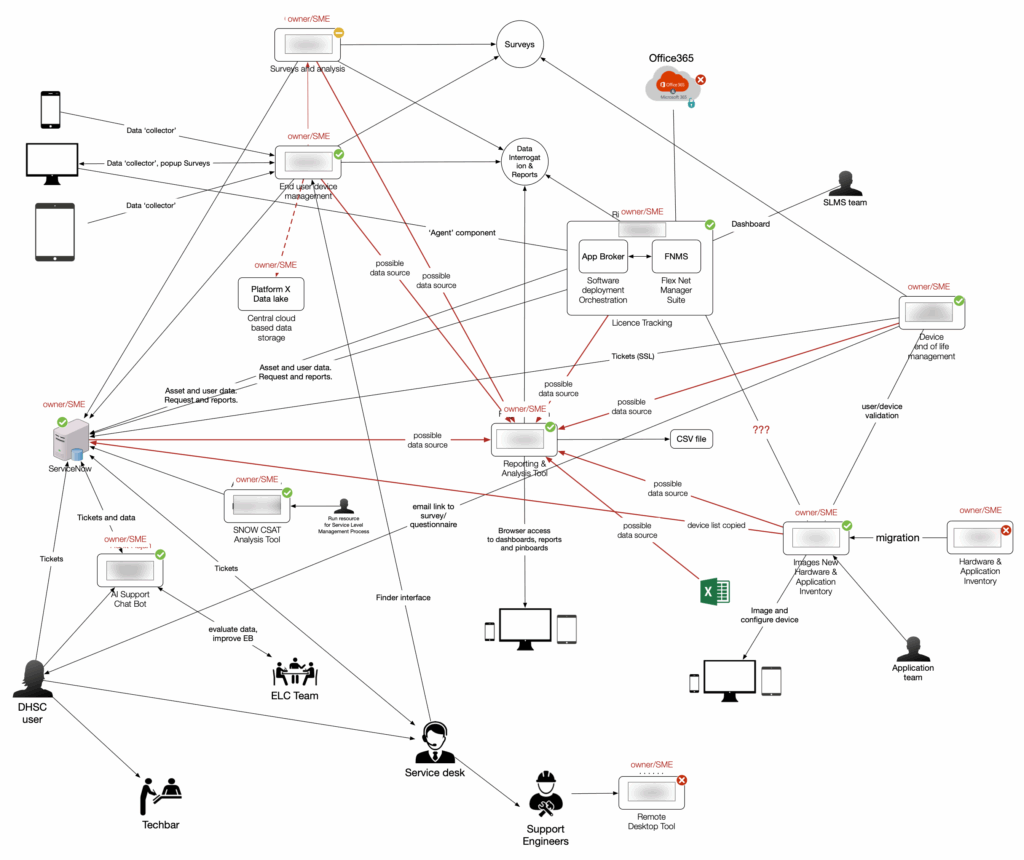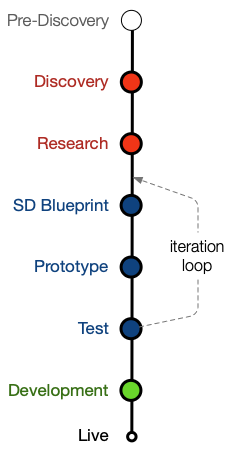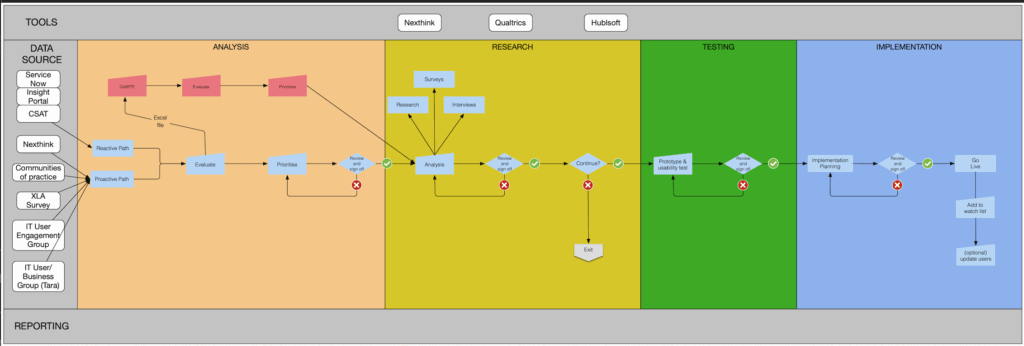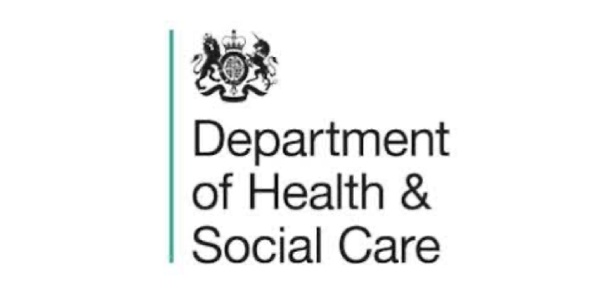Continual Improvement Process Design and SLA/XLA definition and implementation plan.
The Department of Health and Social Care (DHSC) is the UK government body overseeing health and adult social care in England, including the NHS. It sets national policy, legislation, and strategy; manages funding and performance; and ensures services are delivered with dignity and respect. DHSC directs key arms-length bodies such as NHS England, the MHRA, and the UK Health Security Agency, while sponsoring regulators and service providers like the Care Quality Commission. Its remit covers NHS workforce, finance, medicines regulation, public health, mental health, social care, and research. Accountable to Parliament, the DHSC employed 3,540 staff as of June 2024.

Challenge:
The UK Government’s Department of Health and Social Care wanted to optimise their support infrastructure, services and processes. They wanted an experience level agreement (XLA), their SLAs updated and their infrastructure modernised to reflect their evolving user and business needs.
They lacked a formal, comprehensive and holistic continual service improvement (CSI) process for their services and teams, so problems persisted instead of being systematically fixed and reduced in number and complexity over time. Even successes were only casually measured.
It would be necessary to leverage available data about the workforce, locations, devices and other information relevant to the user experience of IT services and analyse the information to form user-focused perspectives on the consumption of those services.
We would need to identify measurable components of user’s sentiments that would allow the creation of baseline experience levels in different IT services and start the measurement of those levels by implementing user satisfaction monitoring. The governance process in IT support operation would need to use this to monitor, analyse and act on findings by proposing changes supported by data and raising the gaps, opportunities and proposals to respective IT service owners to take actions. This needed to allow the authority to improve and refine the SLAs and XLAs to ensure services were provided effectively and in a way that gave the user the optimal support experience.
And finally, I would need to service design a process that supported continual feedback, transparent reporting and the deployment of improvements to optimise the user experience.
All service design and solutions must pass governance gates, be legally compliant, and security-assured.

* redacted content
Approach:
I carried out extensive discovery and research on the user types (personas), analysed current fractured support processes, explored and validated support use cases, reviewed the current SLAs and evaluated both the current and expected technologies and third party service providers for functional purpose fitness.
I worked with the product owners, stakeholders and users, up to the DHSC Directors, Director General and Perm. Secretary, to understand and refine the Problem Statement to reflect the scope and support needs of the business and all user types. Conducted workshops and interviews with users to establish pain points and priorities.
This being an ITIL based project I had to introduce the concept of UX and Service Design (which fundamentally exists within ITIL) more directly in terms of process, deliverables and benefits.
• ITIL “Engage” + “Plan” ≈ Discovery (research, understanding needs).
• ITIL “Design & Transition” ≈ Alpha/Beta (prototyping, iterating, designing journeys).
• ITIL “Deliver & Support” ≈ Live service (measuring satisfaction, accessibility, ease of use).
• ITIL “Improve” ≈ Continuous improvement loop (similar to ongoing research and iteration in service design).
I explored the end-to-end service design across their IT support services. Mapped out their journeys, air gaps, delays, duplications, manual interventions and times/costs, to create an optimised Service Design blueprint that worked for the standard, VIP and eVIP users.

Outcomes and Value:
I created a Research Report, thematic insights from research, Ecosystem Process a Relationship Model (EPaRM), service design blueprint, process flows, user journeys and a list of recommendations (for processes, SLA/XLAs, technology and third party services) for all user types, that would ensure an optimal IT support process and a CSI (continual service improvement) process, reporting/visibility and a continuing reduction of support requirements over time.
- SLAs were created to reflect the various types of user and their differing needs and priority – some were VIPs and some were just…Ps
- XLA process put in place to ensure support was given in a user friendly and effective way.
- CSI (continual service improvement) process was designed to be efficient, analytical and permanently address and solve issues so that the service was required less and less as time went by – reducing the need for support by reducing the problems that needed support.
- Expected cyclical support requirement reduction, and cost reduction target of 10% pa *
*customer supplied data

Testimonial
Sean created report assets and recommendations that made the who ecosystem, the problems and the solution very clear. One document in particular, the EPaRM, was the single most useful document produced by any DXC team member, and showed us, at a glance, how all elements of our service, processes, data and technology worked and communicated together.
Service Lead – Zaf Petalas

